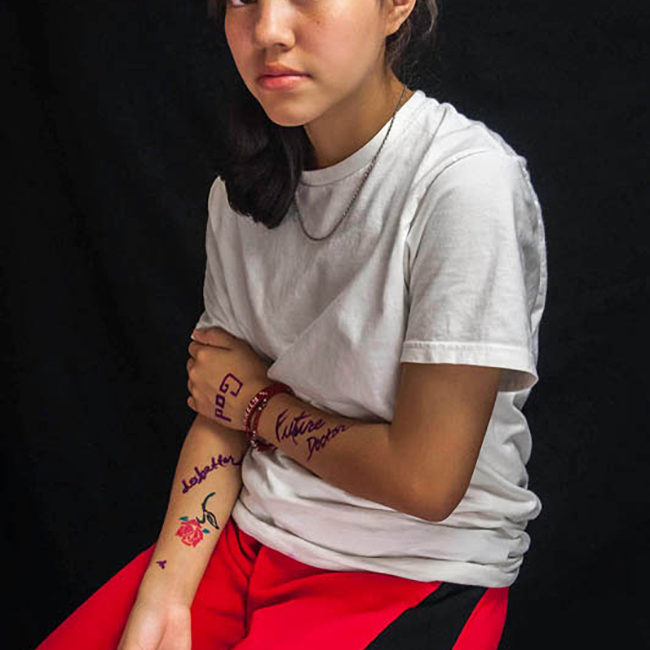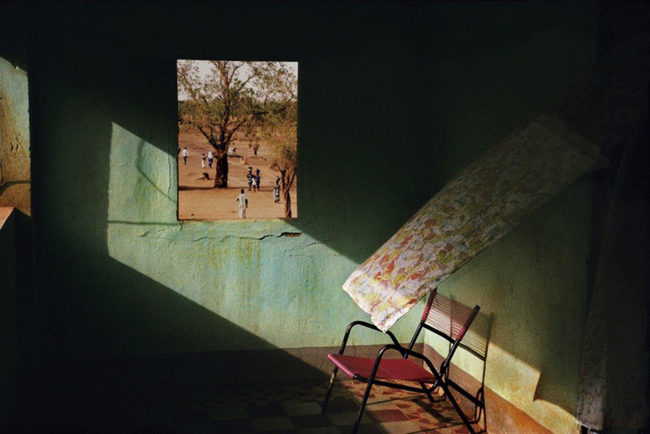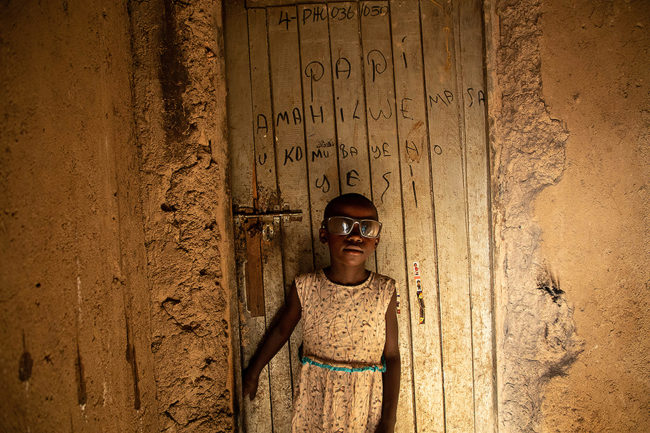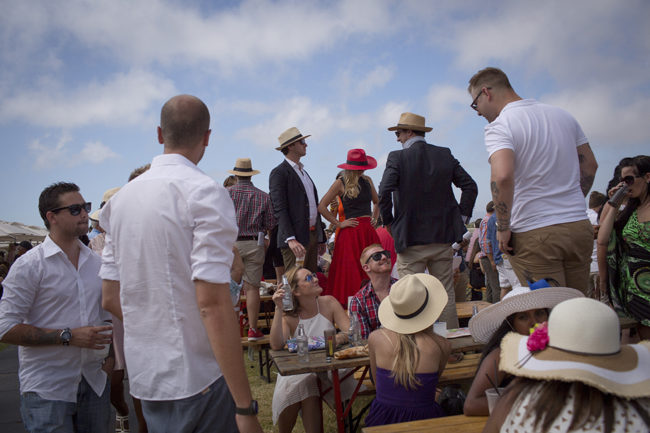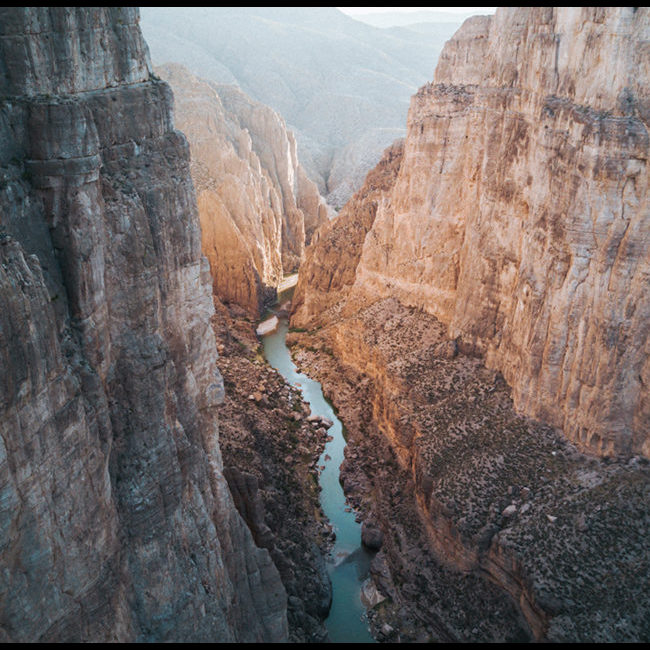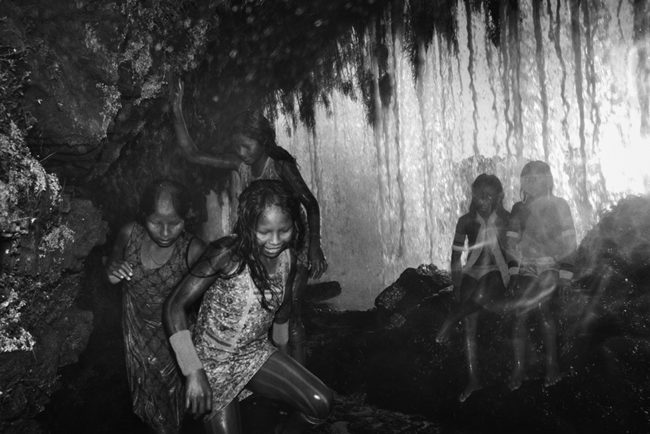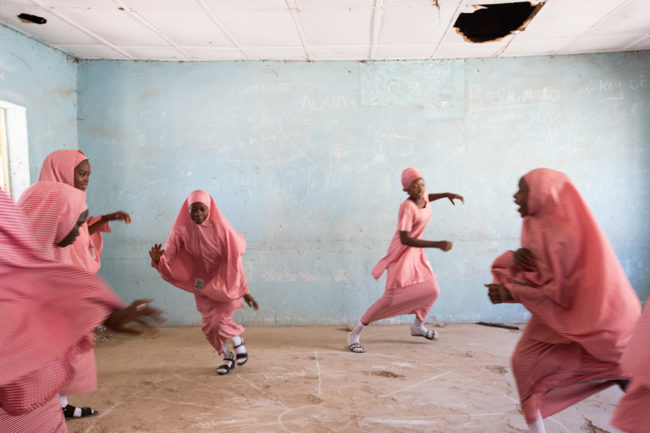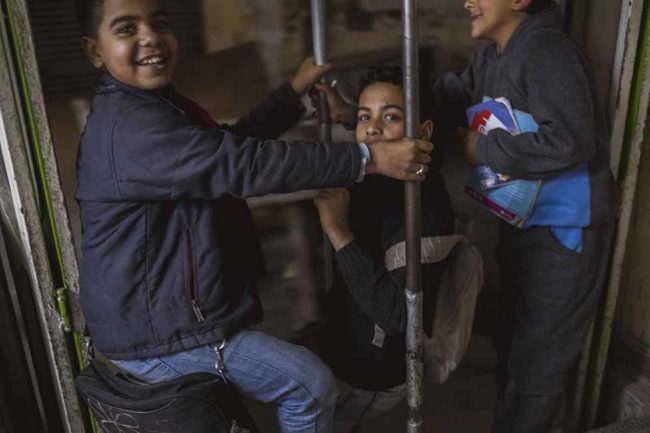Ayesha Malik grew up in Dhahran, Saudi Arabia, a gated community of about 10,000 employees of the Arabian American Oil Company, built to provide them with the comforts of American suburban life. Her photographs of the place and its residents, along with her own family photos and letters, maps, clippings from the town’s newspaper and ads for the company that ran in American magazines make up her new book ARAMCO: Above the Oil Fields, published recently by Daylight Books. The book is a portrait of a town with cultural and physical attributes of both Saudi and American life, and a visual memoir of growing up in this hybrid place, which is at once familiar and foreign to an American viewer.
One striking feature of the book is that Malik’s vintage family photos show a life that is remarkably similar to what she found as adult revisiting the place after her father’s retirement from ARAMCO. Time seems to stand still in the fashions people wear and in the activities that make up everyday life. As she tells Elizabeth Renstrom in an interview in the book, “This place is a bit of a living relic, a time capsule. I think it may be the magic of that feeling of a simpler time in America that is part of what keeps people there.” There are single family homes set on leafy streets, Peewee baseball games played on lush green grass, boys posing with their skateboards and a refrigerator door covered in baby photos and magnets. But there are also many visual reminders that this is not the U.S. Palm trees dot the streets and in aerial views, the desert begins just beyond the curving grid of the streets. Women wear abayas while watching soccer practice or waiting for the bus. As Malik points out, for Saudi women living in the town, the place offered certain freedoms that were unavailable outside its walls. She tells Renstrom, “The fact that in Saudi Arabia, in this place, we can wear what we want in public, and drive, it is a different world.” The result a place that exists outside of the two cultures that built it, a feeling that Malik says has stayed with her. As she tells Renstrom, “So many of us that grew up there feel like these third-culture kids with this distinct identity of being neither fully here nor fully there.”
Related Stories:
Emirati Youth “Drift” Modified SUVs in the Desert
Spilling Oil, Drop by Drop
Tasneem Alsultan on Photographing Everyday Life in Saudi Arabia (for PDN subscribers; login required)
